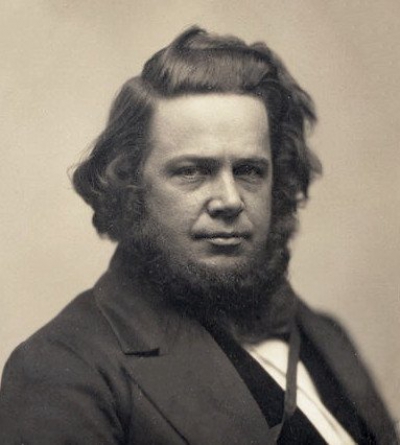A sewing machine is a machine used to sew fabric and materials together with thread. Sewing machines were invented during the first Industrial Revolution to decrease the amount of manual sewing work performed in clothing companies. Since the invention of the first sewing machine, generally considered to have been the work of Englishman Thomas Saint in 1790, the sewing machine has greatly improved the efficiency and productivity of the clothing industry.
Home sewing machines are designed for one person to sew individual items while using a single stitch type at a time. In a modern sewing machine, the process of stitching has been automated so that the fabric easily glides in and out of the machine without the inconvenience of needles, thimbles and other tools used in hand sewing. Early sewing machines were powered by either constantly turning a handle or with a foot-operated treadle mechanism. Electrically-powered machines were later introduced.
Industrial sewing machines, by contrast to domestic machines, are larger, faster, and more varied in their size, cost, appearance, and task.
Elias Howe Jr. (; July 9, 1819 – October 3, 1867) was an American inventor best known for his creation of the modern lockstitch sewing machine.

1846Sep, 10
Elias Howe is granted a patent for the sewing machine.
Choose Another Date
Events on 1846
- 11May
Mexican-American War
President James K. Polk asked for a Declaration of War against Mexico, starting the Mexican-American War. It is approved on May 13. - 7Jul
Conquest of California
American troops occupy Monterey and Yerba Buena, thus beginning the conquest of California. - 10Sep
Sewing machine
Elias Howe is granted a patent for the sewing machine. - 24Sep
Zachary Taylor
Mexican-American War: General Zachary Taylor captures Monterrey. - 16Oct
Ether Dome
William T. G. Morton first demonstrated ether anesthesia at the Massachusetts General Hospital in the Ether Dome.

 English
English  español
español  français
français  português
português  русский
русский  العربية
العربية  简体中文
简体中文 